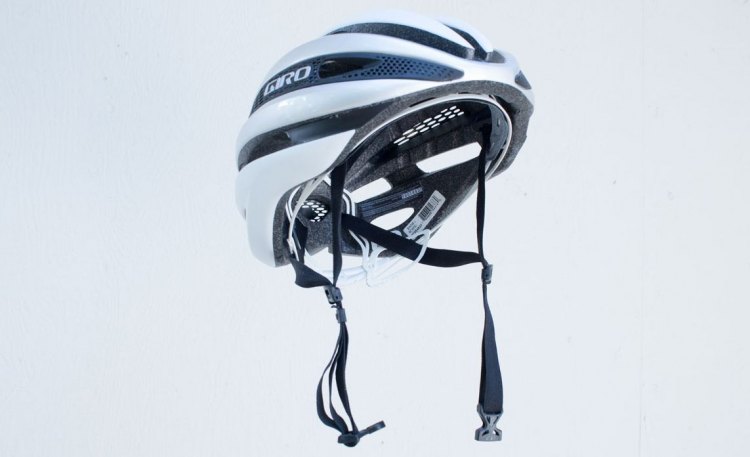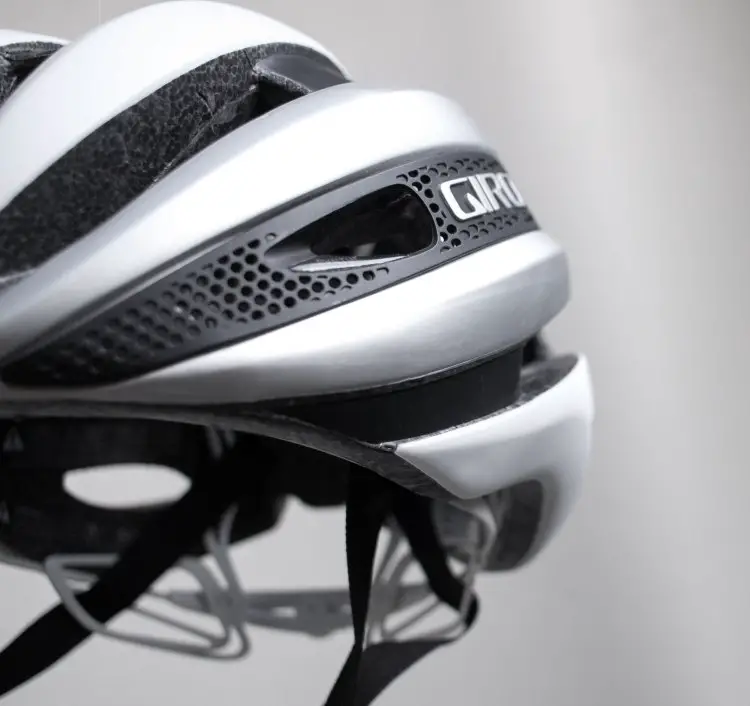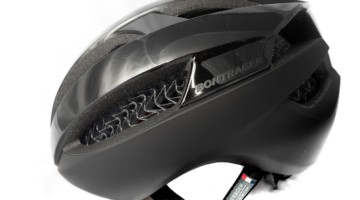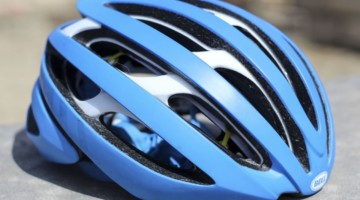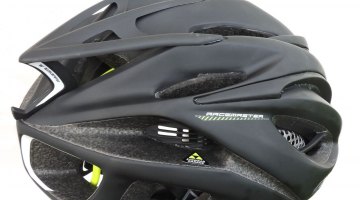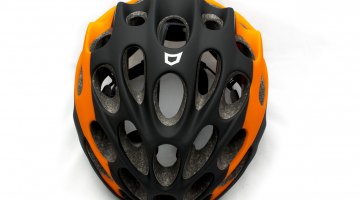As bike racers, we obsess with the very latest tech in wheels, drivetrains, frames and tires. Yet the one item that can help us get faster, be more comfortable, and most importantly, save our life, often gets neglected until it’s so nasty it needs replacement, or until we take a tumble and wreck it.
While many have debated the benefits of tech trends like single chainrings, disc brakes and thru axles, helmets have benefited from a quiet revolution in technology. And they have emerged faster, lighter, more comfortable and if you are to believe all of the company literature out there, safer as well, all of which is awesome. We rounded up a selection of the latest lids in Issue 30, and in true Cyclocross Magazine fashion, looked to see which ones are are best suited for your mixed terrain racing and adventures.
In this first installment, we’re reviewing some of the top aero offerings. While the benefits of such helmets are greater at road racing speeds, there are still advantages to be had. Aside from being aero, some of these helmets can keep you warmer on a cool day and a measure drier on a rainy one. While aero helmets aren’t every riders’ cup of tea, they fit the bill for some. In the next installment we’ll show you some more traditional lids.
For now, let’s look at some wind-cheating head gear.
by the CXM Test Crew













